Learning Docker From Zero
This post is created to track my Docker learning growth from ZERO. I am learning this from Udemy courses "Docker, From Zero To Hero".
What is Docker?
Docker is a tool designed to make it easier to create, deploy and run applications, microservices using containers.
What is Containers?
We can consider container as one package that allows developers to package up an application with all its parts it needs such as libraries and other dependencies and ship it out.
Basically a container is isolated process inside of a sandbox and has a namespace (ie. id of the process)and a Cgroup to control it. Cgroup. Cgroup is a linux feature to limit, police, and account the resource usage for a set of processes.
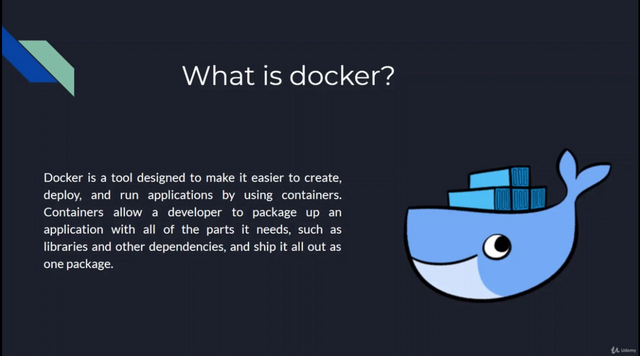
Help Command for docker
docker help
Command to run new container
docker run
Now lets create a new container which holds a Nginx webserver
docker run -d -p 1010:80 nginx:alpine
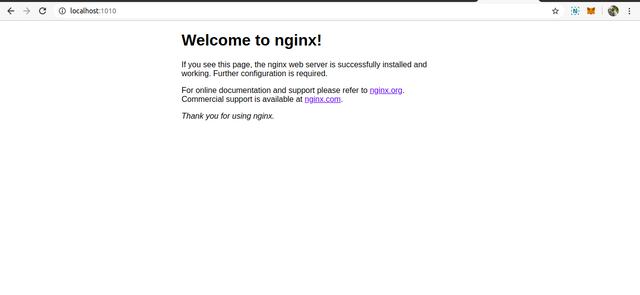
This command has created a container of Nginx webserver in 1010 port
Now lets remove the container and will be able to see at 1010 port the nginx webserver will not run anymore
docker rm -fv <containerid>
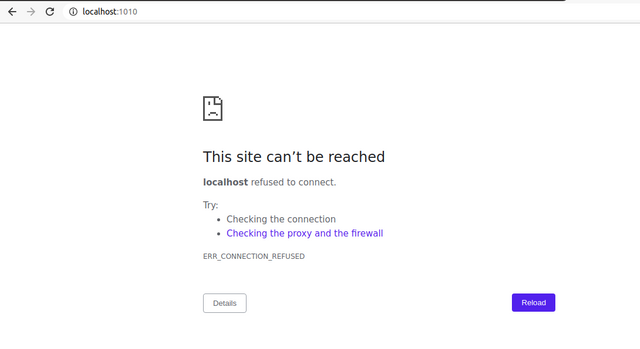
To get the above containerid run the below command
docker ps

What is docker image?
Image is a template where we find the all the binaries,all the libraries for applications. Containers comes from images. For every image a base should be there which is scratch. Scratch image is always base. On that base there will be the basics of the operating system ex. centos,ubuntu etc. On top of base image's operating system there can be multiple layer of process or services like nginx /apache. When the base is changed all the layers on top of it which are, eventually the all of the child of it, changes.
Difference of Container between Virtual Machines
Container is a sandbox that contains one or more processes.It has layers of infrastructure, OS,Docker installed on OS and process.
Virtual Machine has layers of infrastructure,Hypervisor that manages the VMs. Each one of the VMs need to have individual OS.
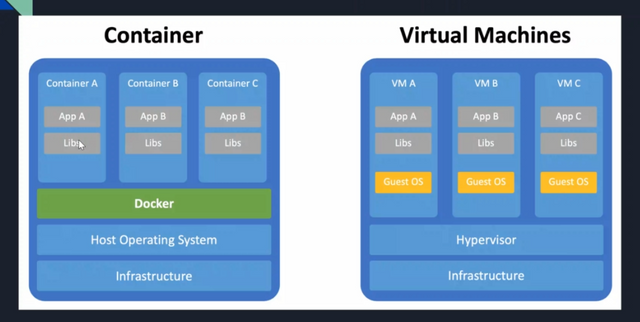
How to build an image?
Using a Dockerfile we can build an image. Dockerfile is a plain file where instructions of to create an image is defined.
It has few commands like below
FROM centos #OS as a base
RUN yum install httpd -y #install apache webserver
CMD apachectl -DFOREGROUND #starting the apache library in foreground
How docker is structured?
We need to know about Docker host. Once we install docker in a machine it becomes docker host.Docker host is the house of all the containers. So a Docker host is capable to run containers and build images in it. Docker daemon is a server and that is the process that started once docker is installed. Then docker ecosystem has a client. Client talk to the server through an API. And the docker daemon gives an answer back through the same API to the client. So when we write commands in docker we are actually writing REST API calls to the server and the server is giving back its response. And the docker client manages the network, container, image, data volumes.
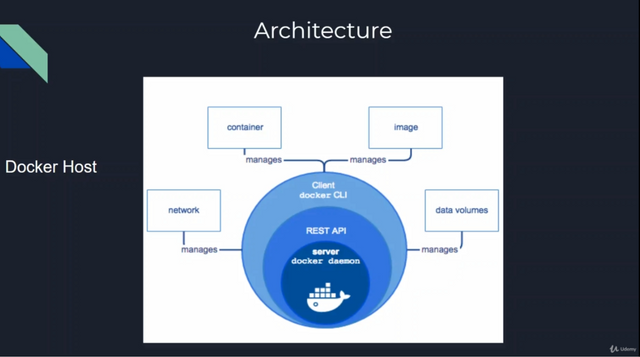
Layers of Image
Once an image is created it cannot be modified it can be only deleted. Image is immutable in nature. If we need to change something in image we need to create a new image and version it with an updated version and use the new read only image. Using an image n numbers of containers can be spin up. Once any of the container is deleted the image will exist.
Docker installation in Ubuntu
__Prerequisites __
OS requirements
To install Docker Engine, you need the 64-bit version of one of these Ubuntu versions:
Ubuntu Focal 20.04 (LTS)
Ubuntu Eoan 19.10
Ubuntu Bionic 18.04 (LTS)
Ubuntu Xenial 16.04 (LTS)
Docker Engine is supported on x86_64 (or amd64), armhf, arm64, s390x (IBM Z), and ppc64le (IBM Power) architectures.
Docker Engine on Ubuntu supports overlay2, aufs and btrfs storage drivers. Docker Engine uses the overlay2 storage driver by default. If you need to use aufs instead, you need to configure it manually.Look here for more details
https://docs.docker.com/engine/install/ubuntu/
Where are local docker images ?
Write down the following command to check the existing images
docker images

Delete images with below command
docker rmi <image_name>:<image_tag>

Build a custom image
create a folder in which we will create a custom docker image.
mkdir mydocker_images
cd mydocker_images
touch Dockerfile
The above code will create a folder named mydocker_images and inside that folder we will create a text file named Dockerfile.
Now we will write below code into this Dockerfile
FROM centos
RUN yum -y install httpd
The code above will create a base image from centos and after that apache will be installed into the docker container.
Now we will build our custom docker image
docker build --tag centos_apache:v1 .
So this above command will build a custom docker image which I have named as centos_apache and the version is v1.
If I don't pass the tag v1 or anything as specific version of this custom docker image it will build the image with latest tag.
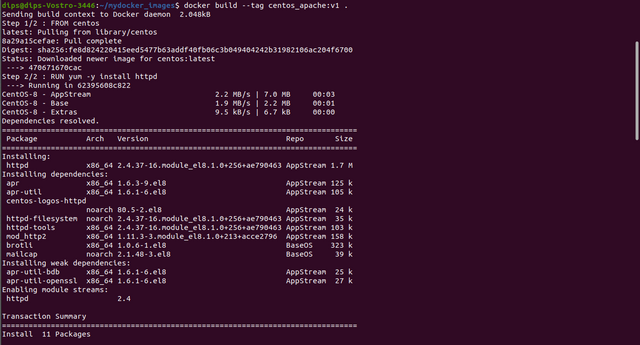
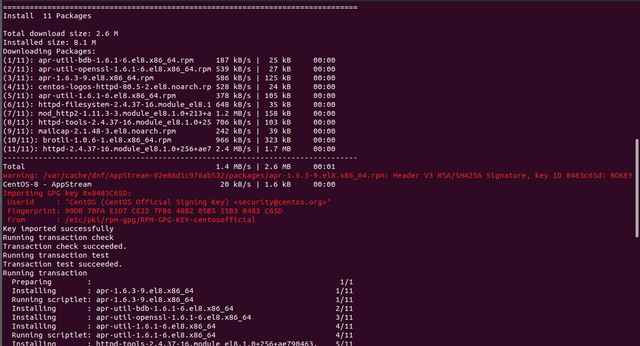
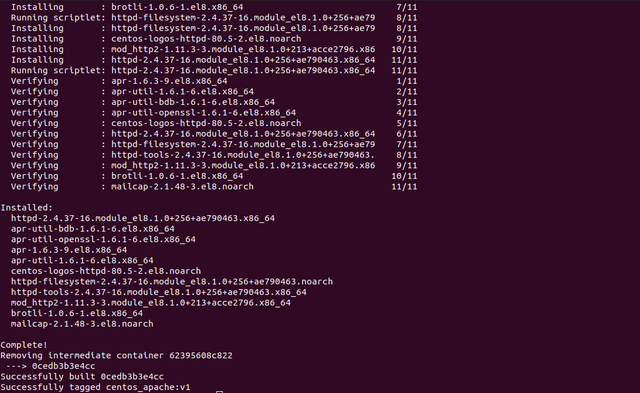
Now to check the image has been built or not we will run the below command
docker images
This will show as below

Above we can see the image named as centos_apache is built with v1 tag.
Create a container using the custom image
docker run -d --name centos_container centos_apache:v1
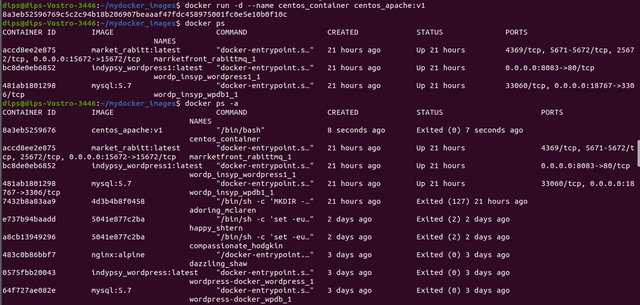
The above command has created a container which has exited as there was no process command written in the Dockerfile.
Now lets edit the Dockerfile
FROM centos
RUN yum -y install httpd
CMD apachectl -DFOREGROUND
The last line will start the apache process in the foreground using the CMD
Now lets build another custom image using this updated Dockerfile
docker build --tag centos_apache:v2 .
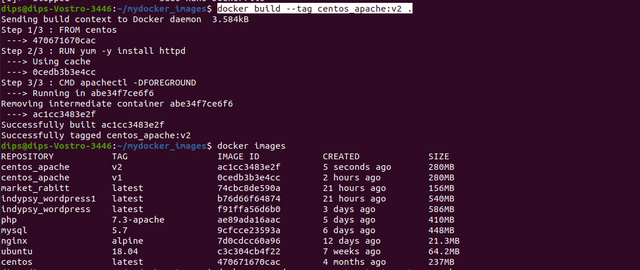
Now lets run a new container with the updated custom image of version v2 and run it in port 9090 of my local machine
docker run -d -p 9090:80 --name centos_test centos_apache:v2

Now if I check my localhost in port 9090 i will be able to see apache is running on centos as below.
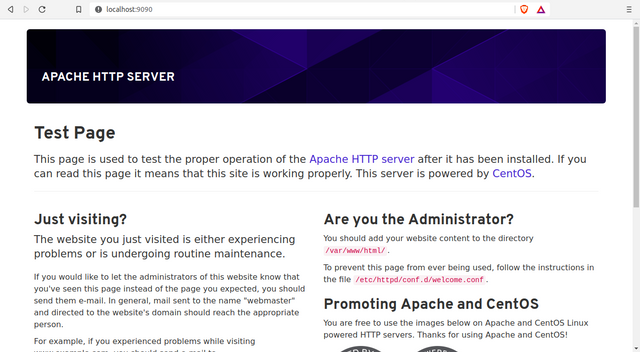
This is my 1st week of learning docker.
Hello dipanwita!
Congratulations! This post has been randomly Resteemed! For a chance to get more of your content resteemed join the Steem Engine Team